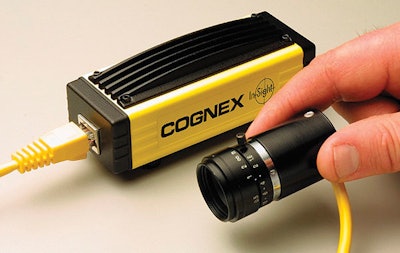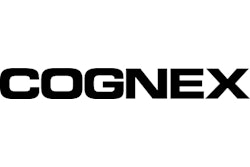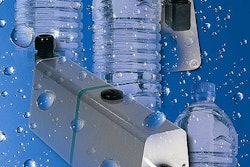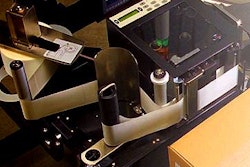Top-quality machine vision systems are just the inspection instruments the Food and Drug Administration would like to see drug manufacturers use more often on packaging lines once the agency’s new Process Analytical Technologies (PAT) initiative becomes final. The agency released a draft of PAT in September. It constitutes the newest chapter in the FDA’s year-old effort to modernize agency cGMPs so that drug companies will become more aggressive about purchasing quality-assurance technology for manufacturing plants.
The draft PAT guidance the FDA released is full of jargon but devoid of specifics. “It reads like a professor wrote it up,” says Carl Gerst, ID program manager at Cognex, a machine-vision manufacturer. “There is not a lot of meat.”
For example, the draft says: “PAT is a system for designing, analyzing, and controlling manufacturing through timely measurements (i.e., during processing) of critical quality and performance attributes of raw and in-process materials and processes with the goal of ensuring final product quality.”
But the underlying theme to PAT is that the FDA is committing to approving new manufacturing and packaging technologies that fit the PAT “mold” much more quickly than in the past.
Art Jaeger, director of packaging technology for Merck & Co., Whitehouse Station, says some companies have “looked at things” in the area of new “gee whiz” packaging technology. “There may be some extra work and justification to get the FDA to buy into these kinds of innovations,” he admits, a concern the FDA hopes to allay with its PAT program.
A potential application of PAT to a drug packaging line, for example, would be the use of an instrument that could scan the contents of a vial or container, and confirm that those contents were accurately described by the label on the container. Right now, that is done by hand. Applying that kind of technology-based process improvement could both save considerable manufacturing dollars and assure a much higher comfort level in terms of labeling.
Labeling problems are a frequent cause of FDA drug recalls. In 2002, ‘Labeling: wrong or incorrect expiration date,” and “Labeling: incorrect product or mispacking/miscarton” were among the top 10 reasons for drug recalls.
Some existing technology
Cognex’s Gerst thinks it may be difficult to use machine vision to identify a tablet in a package unless a mark or some other feature on the tablet can be used to clearly distinguish it from other tablets. There are some systems available, and others in development, that can determine if a drug tablet is chipped. “We are also working in this area,” Gerst states.
Cognex and several other companies already sell label-verification technologies, of course. These assure that a drug container coming off the assembly line is going into the right folding carton. They can also check to see if the safety seal is present, documentation has been put in the box, products are marked correctly, and much more.
These systems are costly, and might be used more widely in prospective PAT applications as they decline in price, which is apt to happen as companies begin replacing traditional photo sensors with multi-point products. These higher-order systems will have additional capabilities, too, allowing them to be incorporated at more points in the manufacturing and packaging processes.
John Dubeck, a lawyer with the Washington firm of Keller & Heckman, which specializes on packaging approval for drug companies, says: “The PAT initiative and the other cGMP enhancements the FDA announced in September can’t help but have a favorable effect on drug packaging. But,” he adds with some cynicism, “that is not the same as saying they will have a major effect.”
Other guidances
In addition to the PAT guidance document, the FDA issued several other draft guidances. Rajendra Uppoor, the acting PAT team leader in the FDA’s office of pharmaceutical science, says, “Drug packaging could get affected in a very positive way by PAT.”
The FDA is encouraging drug manufacturers to use on-line, in-line, or at-line measurements and controls, increasing automation to improve operator safety and reduce human errors.
The draft PAT guidance can be checked out at: http://www.fda.gov/cder/gmp/index.htm, under the section entitled regulations and guidance.
Apparently, a company that employs a PAT innovation would signal such a development to the FDA. In turn, FDA would send out an inspector from what is being called the new Pharmaceutical Inspectorate (PI), that will be staffed by “super-inspectors.” These inspectors will have earned a Level III Drug Certification, the requirements of which are still being developed.
The goal of the program is to eventually have the PI inspect the majority of prescription drug manufacturers and other complex or high-risk pharmaceutical operations. The FDA expects to have 25 PI inspectors in fiscal 2004, which began on October 1. That number will increase by 10, 10 and five in the following three years.



























